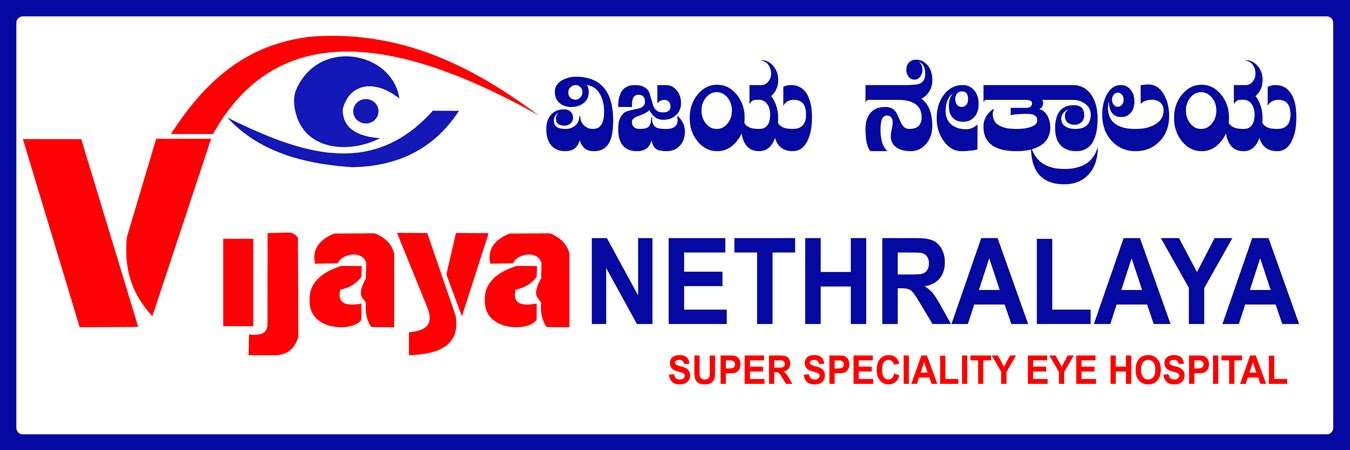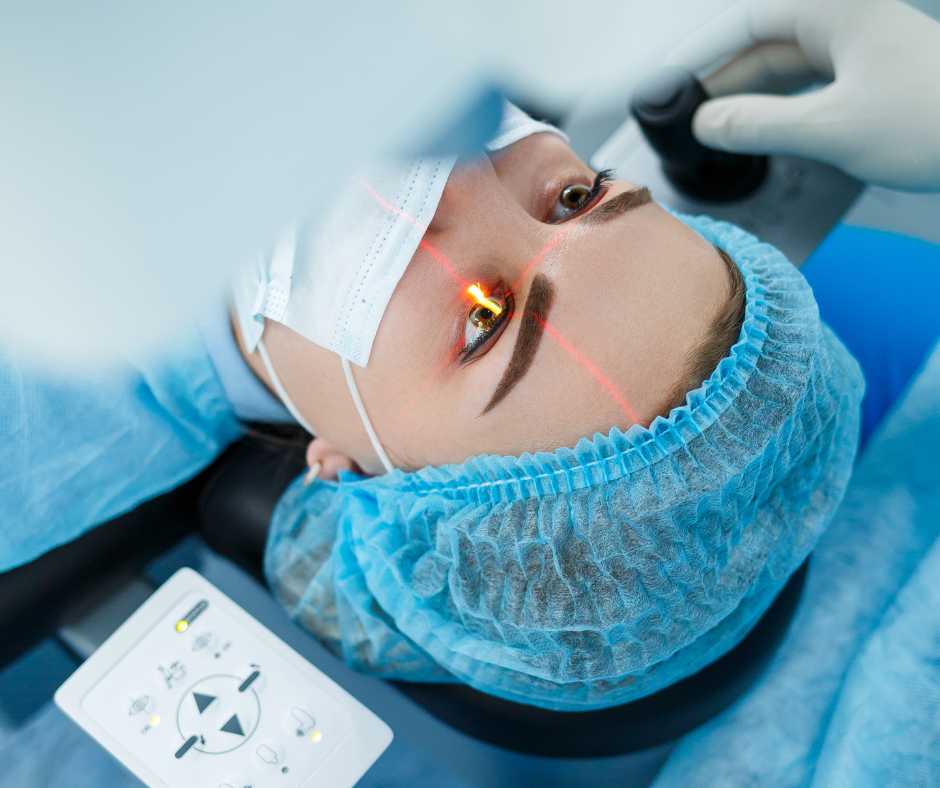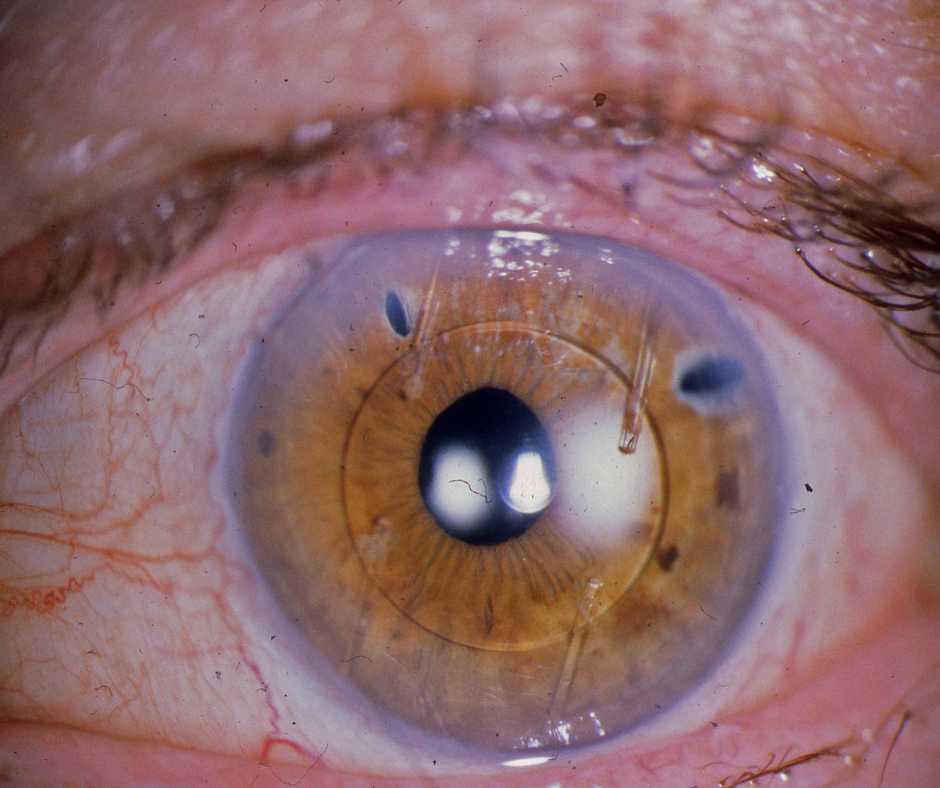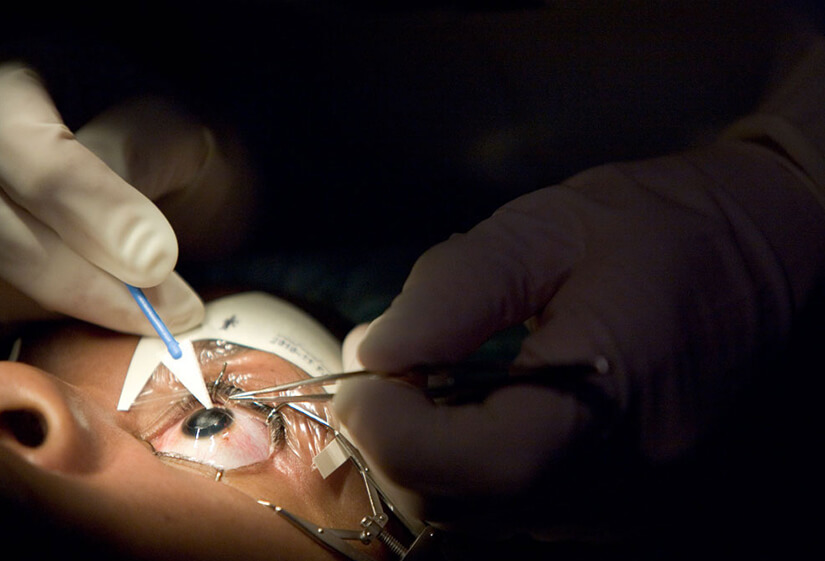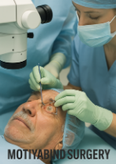Introduction:
In recent years, laser eye treatment has evolved from a groundbreaking procedure to an increasingly popular and accessible solution for people struggling with vision problems. From traditional LASIK to newer, more advanced treatments, laser technology has drastically transformed how eye care specialists correct issues like nearsightedness, farsightedness, and astigmatism. But what exactly is new in the world of laser eye treatment? How are these innovations changing the way people experience vision correction? Let’s dive into the latest trends and advancements in laser eye treatment that are making waves in the medical community.

1. What is Laser Eye Treatment?
Laser eye treatment involves the use of lasers to correct vision problems such as myopia (nearsightedness), hyperopia (farsightedness), and astigmatism. This is typically achieved by reshaping the cornea, the clear front part of the eye, to allow light to focus more accurately on the retina. Over the years, laser treatments have become a go-to for those seeking an alternative to glasses and contact lenses.
2. The Traditional LASIK Procedure
Before we delve into the new laser treatments, it’s important to briefly discuss the traditional LASIK (Laser-Assisted in Situ Keratomileusis) procedure. LASIK has been the gold standard for laser eye surgery since the 1990s. During the procedure, a thin flap is created in the cornea, which is then lifted to allow the surgeon to reshape the underlying tissue using a laser. The flap is then replaced, allowing for faster healing and minimal discomfort.
Although LASIK remains effective, new technologies have emerged to offer enhanced results, improved safety, and shorter recovery times.
3. Newer Laser Eye Treatments: What’s Changed?
Recent advancements have taken laser eye treatment to the next level. These innovations aim to address the limitations of older techniques and offer patients better outcomes.
3.1. SMILE (Small Incision Lenticule Extraction)
One of the most exciting innovations is SMILE, a minimally invasive procedure that’s quickly gaining popularity. SMILE uses a femtosecond laser to create a small lens-shaped piece of tissue within the cornea. This tissue is then removed through a tiny incision, reshaping the cornea and correcting the refractive error. Unlike LASIK, no flap is created, which may reduce the risk of complications like dry eyes.
3.2. Contoura Vision (Topography-Guided LASIK)
Contoura Vision, also known as topography-guided LASIK, is a new technique that goes beyond traditional LASIK. It uses advanced mapping technology to analyze the unique shape of each patient’s cornea. This detailed map is used to guide the laser, allowing for highly personalized treatment. As a result, Contoura Vision provides sharper, more precise vision and reduces the risk of common side effects like glare or halos.
3.3. Femtosecond Laser Technology
Femtosecond lasers are a cutting-edge tool used in the latest laser eye treatments. Unlike traditional lasers, which use continuous beams of light, femtosecond lasers use ultra-short pulses of light. This technology enables even more precision and safety, particularly in procedures like SMILE and advanced LASIK. The increased accuracy means less tissue damage and faster recovery times.
4. Advantages of New Laser Eye Treatments
These newer treatments offer several benefits that make them more appealing to a wider range of patients:
4.1. Minimal Invasiveness
With SMILE and similar procedures, the need for large incisions and flaps is eliminated. Smaller incisions mean a lower risk of complications and a quicker recovery time. This is especially beneficial for people who may not have been candidates for traditional LASIK due to factors like thin corneas or dry eyes.
4.2. Faster Recovery
Newer techniques are designed to minimize discomfort and speed up healing. With innovations like SMILE, patients can expect a faster recovery time, sometimes within just a day or two. Unlike traditional LASIK, which may require several weeks for full healing, modern treatments allow individuals to return to their daily activities much sooner.
4.3. Improved Precision
Advanced lasers and topography-guided technology allow surgeons to tailor the procedure to each patient’s unique needs. This results in more accurate and precise outcomes, with fewer side effects like halos, glare, and dry eyes.
4.4. Long-Term Results
The longevity of the results is another benefit. The precision and careful reshaping of the cornea during newer laser eye procedures can provide patients with clear vision for many years, reducing the need for future treatments or adjustments.
5. Who is a Candidate for New Laser Eye Treatments?
While these innovative treatments offer excellent benefits, not everyone is an ideal candidate. Factors such as age, overall eye health, and the severity of your vision problem will determine whether you qualify for treatment. Generally, candidates for laser eye treatments should be:
- Over 18 years old
- Have stable vision for at least a year
- Not suffering from certain eye conditions, like cataracts or glaucoma
- Have healthy corneas
An eye care specialist will conduct a thorough exam to determine if you are a suitable candidate for these procedures.
6. Risks and Considerations
Like all medical procedures, laser eye treatment carries some risks. Potential side effects can include dry eyes, glare, halos, and in rare cases, under-correction or over-correction of vision. However, the risk of complications has been significantly reduced with newer technology.
It’s essential to choose a reputable surgeon with experience in advanced laser treatments to minimize risks and ensure the best possible outcome.
7. Cost of New Laser Eye Treatments
The cost of laser eye treatment can vary depending on the procedure and the location of the surgery. On average, SMILE, Contoura Vision, and other advanced treatments tend to cost more than traditional LASIK. However, for many patients, the benefits outweigh the higher cost. Many clinics offer financing options to help make these treatments more accessible.
8. Is Laser Eye Treatment Worth It?
For many people, the freedom from glasses or contact lenses is well worth the investment in laser eye treatment. While the cost may be higher for newer treatments, the improved precision, faster recovery, and long-term results make it a worthwhile choice for those seeking clear, hassle-free vision.
9. Aftercare and Recovery
After undergoing laser eye surgery, patients can expect some mild discomfort, such as a scratchy sensation or slight dryness in the eyes. Most patients recover within a day or two, but it’s important to follow your surgeon’s aftercare instructions. This may include using eye drops, avoiding certain activities, and attending follow-up appointments to ensure your eyes are healing properly.
10. Future of Laser Eye Treatments
The field of laser eye treatments is constantly evolving, with ongoing research aimed at improving safety, precision, and patient outcomes. Future advancements may involve even more personalized treatments, incorporating artificial intelligence to fine-tune the laser’s approach and enhance overall results.
Conclusion:
Laser eye treatment has come a long way since its inception, with new technologies offering greater precision, fewer side effects, and faster recovery times. Whether you opt for SMILE, Contoura Vision, or another advanced procedure, these innovations are revolutionizing how we correct vision problems, offering patients a chance at clearer, more reliable eyesight without the need for glasses or contact lenses.
Author Details:
Dr. Sushruth Appajigowda holds a prominent position as a Cornea, Cataract, Glaucoma, and LASIK Surgeon in Bangalore. He serves as the chief Cataract and Refractive surgeon at Vijaya Nethralaya Eye Hospital, Nagarbhavi Bangalore. Renowned as one of the finest LASIK surgeons nationwide, he brings with him over 12+ years of experience across multiple LASIK platforms, including ZEISS, ALCON, SCHWIND, AMO, and Bausch and Lomb. Having successfully conducted over 5000 LASIK procedures, Dr. Sushruth holds the title of a Certified Refractive Surgeon and a Fellow of the All India Collegium Of Ophthalmology. Furthermore, he stands as a distinguished speaker at various National and International Forums, using his expertise to guide you in selecting the most suitable procedure based on your health requirements.
Dr sushruth Appaji gowda
http://vijayanethralaya.com/link-in-bio/
FAQs:
1. How long does it take to recover from SMILE laser eye surgery? Most patients experience a quick recovery with SMILE, often feeling back to normal within a day or two. Full recovery may take a few weeks, but you can typically return to most activities shortly after the procedure.
2. Is SMILE better than traditional LASIK? SMILE is considered less invasive than LASIK, with no need for a corneal flap, which may reduce the risk of complications. It’s also beneficial for people with thin corneas or dry eyes, who might not be candidates for LASIK.
3. Will I still need glasses after laser eye surgery? In most cases, laser eye surgery can correct your vision to the point where you no longer need glasses or contacts. However, some patients may still require reading glasses as they age, especially for close-up vision.
4. How much does laser eye surgery cost? The cost varies depending on the procedure, but newer treatments like SMILE and Contoura Vision typically cost more than traditional LASIK. On average, you can expect to pay between $2,000 and $4,000 per eye.
5. Are there any risks involved with laser eye treatment? While the risks are low, there can be some side effects such as dry eyes, glare, or under/over-correction of vision. It’s important to choose a skilled surgeon to minimize these risks and ensure the best results.
